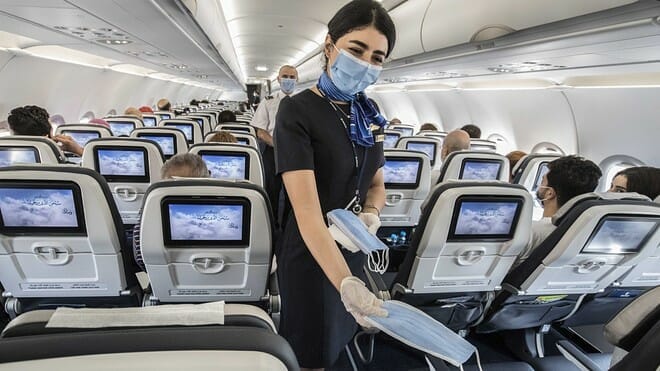Gulfstream Aerospace has developed a new Virtual Presence Conformity (VPC) tool that allows Federal Aviation Administration engineering inspections to be conducted remotely via live video stream. This technology will save considerable time and money and allow for more comprehensive inspections of parts and components.
Ron Witkowski, Gulfstream director of quality-regulatory compliance, devised the technology and conducted remote inspection trials to gain FAA approval.

Convenient technology
Inspired by the long-term use of live video in the medical industry, Witkowski desired to bring the benefits of remote technology to the aviation industry. As an independent Designated Airworthiness Representative (DAR) specializing in manufacturing and maintenance, Witkowski’s thorough knowledge of both FAA and OEM inspection requirements more than qualified him for the task. Specifically, Witkowski devised VPC to cut down on the huge cost and time involved in inspecting vendor-supplied parts and components.
Typically, an Inspector Airworthiness Representative (IAR) is sent to the vendor’s location, and sometimes several separate inspections are required for one item. For ultimate convenience, VPC live video is run by Onsight software, which works with any hardware and operating system, including Apple and Android tablets.
Successful testing
Witkowski conducted two double-blind tests comparing remote VPC and a standard conformity inspection that ensures parts meet the engineering drawings and specifications.
FAA engineers and inspectors oversaw the second test and, obviously impressed, quickly approved the technology in 90 days (Gulfstream has inspected over 700 parts with VPC since). VPC was also tested for its ability to perform maintenance inspections, including a window change on a Gulfstream airframe. It was found even more effective than in-person inspection. Typically, specialist technology like borescopes are required to test for engineering defects or imperfections. Borescopes are useful and reliable tools that provide visual access to hard-to-see maintenance areas.
VPC works similarly to this standard technology. “During a window change, you have difficulty getting your head in there,” Witkowski explains. “But you can get a phone in there [to live stream].”

Saving money
Gulfstream also intends to use VPC for engineering test witnessing and troubleshooting problems involving suppliers. Significant money will be saved as a result — Gulfstream has already saved $80,000 in travel expenses on conformity inspections alone. “That doesn’t even begin to represent schedule savings,” Witkowski says. Quality inspectors are typically needed for multiple jobs, and remote inspections ultimately translate to a much more efficient and streamlined schedule. Remote VPC also eliminates the risk of travel delays commonly caused by weather or traffic.
Gulfstream will share VPC with the entire industry. Representatives from the Aeronautical Repair Station Association, Moog, Boeing, and other associations and companies collaborated to draft an initial policy statement preceding the FAA-endorsed advisory circular sent out late last year. “Collectively, we can get something together that benefits all of this industry,” Witkowski said. This has a lot of people’s appetites. [Especially] for maintenance purposes, small and big companies will have a benefit.”














